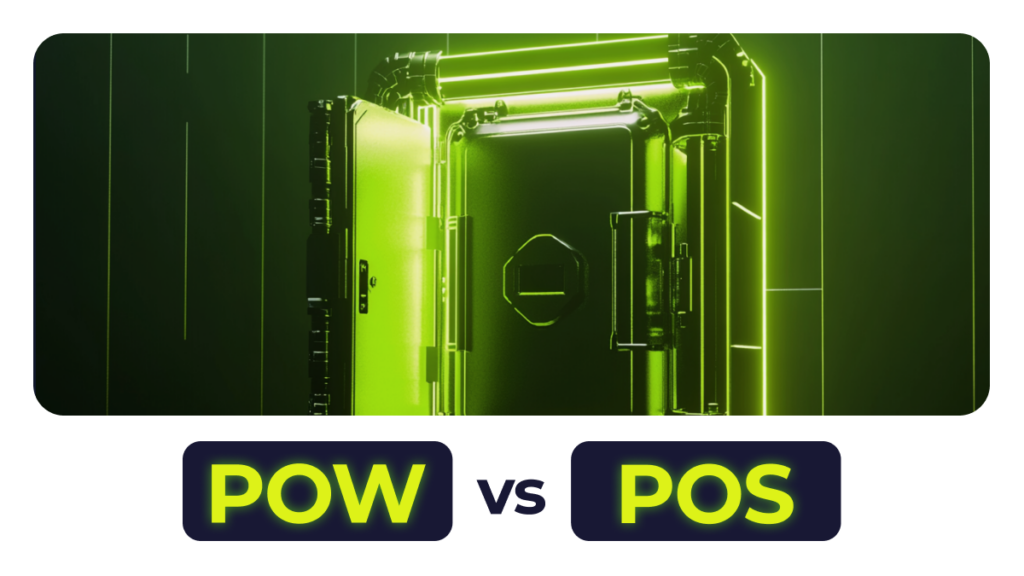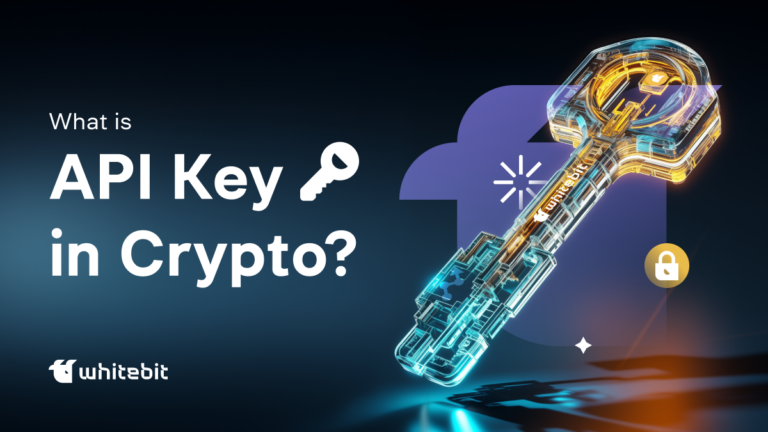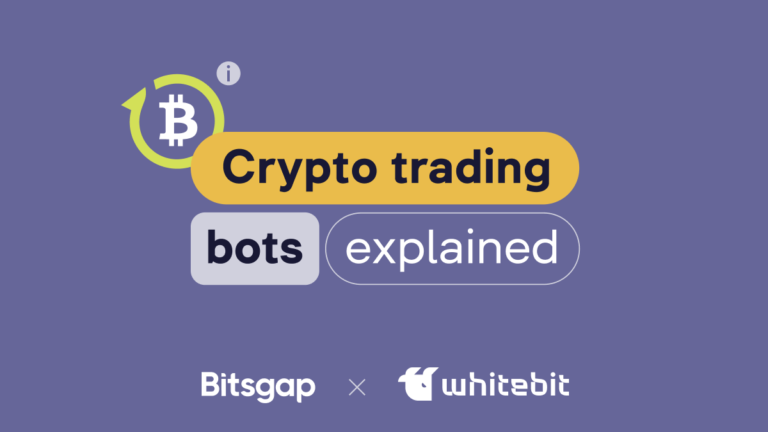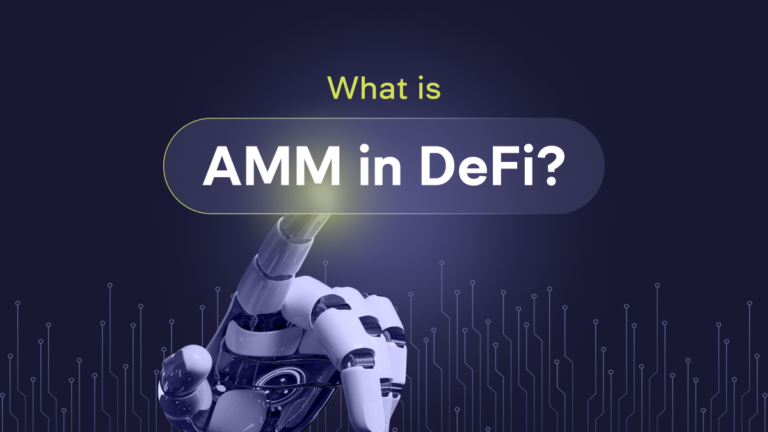The Difference Between Proof of Stake and Proof of Work (POS vs POW)

Content
Proof of Work vs Proof of Stake are two of the most well-known methods for achieving consensus on blockchain networks. While both mechanisms aim to provide decentralization and protection from attackers, their implementation methods differ significantly. In this article, we examine the key differences between PoW vs PoS to understand how they affect blockchains’ performance, power consumption, and security.
What Is Proof of Work and Proof of Stake?
What is Proof-of-Work?
Proof of Work (PoW) is a consensus algorithm used in blockchains where participants (miners) solve complex mathematical problems to validate transactions and create new blocks. This requires significant computing power, which secures the network but requires high energy costs.
What is Proof-of-Stake?
Proof of Stake (PoS) is an alternative consensus algorithm in which, instead of computing power, participants (validators) block their tokens on the network (stake) to confirm transactions. The more tokens blocked, the higher the chance of becoming a validator and being rewarded. PoS is considered more energy efficient than PoW.
What is the difference between Proof of Work and Proof of Stake?
The main Proof of Stake and Proof of Work difference is how networks reach consensus and validate transactions. In PoW, network participants (miners) use computing power to solve complex problems, which requires significant energy. The miners compete to create a new block, and whoever solves the problem first is rewarded.
In PoS, conversely, consensus is achieved through staking – blocking cryptocurrency with validators. The more tokens the validator blocks, the higher his chances of confirming the transaction and receiving a reward. Unlike PoW, PoS requires less energy as there is no need for complex calculations, making it more environmentally sustainable.
Anonymous cryptocurrencies such as Monero and Zcash mainly use PoW to ensure transaction privacy and security. PoS-powered altcoins such as Cardano and Solana offer more energy-efficient and scalable solutions compared to traditional PoW blockchains, making them attractive for developing new decentralized applications and services.
Pros and Cons of Blockchain Proof of Work vs Proof of Stake
| Criteria | PoW | PoS |
| Proof of Stake vs Proof of Work energy consumption | High energy consumption because of the need for complex calculations | Low power consumption because no computation is needed |
| Security | Robust defense against attacks due to large computational resources | Depends on the size of the steak, which can create concentration risks |
| Decentralization | Enables decentralization through miners | May promote centralization due to concentration of tokens at large validators |
| Affordability of participation | Mining requires expensive equipment | Requires only availability of tokens, more accessible for participation |
| Transaction speed | Relatively slow transaction processing | Faster transaction processing |
Pros of Proof-of-Work
- High security: PoW requires significant computational resources to validate transactions, making 51% attacks and other malicious activities extremely difficult and costly.
- Decentralization: Any participant with the right hardware can become a miner, which helps spread influence and reduces the risk of network centralization.
- Transparency: The PoW mining process is transparent and easy to understand – all calculations are open to inspection, which increases trust in the consensus mechanism.
Cons of Proof-of-Work
- High energy costs: Miners require significant computing power to operate, which leads to huge energy consumption and harms the environment.
- Hardware and Availability: PoW mining requires expensive specialized hardware (ASICs), making participation in the network less accessible to regular users and increasing barriers to entry.
- Slow transaction speed: The difference between Bitcoin and Ethereum is that the latter switched from PoW to PoS to address scalability and energy efficiency issues. PoW networks like Bitcoin can process a limited number of transactions per unit time, which affects scalability and latency when demand is high.
Pros of Proof-of-Stake
- Energy efficiency: PoS requires significantly less energy than PoW, as transaction validation does not involve computationally intensive processes. This makes PoS more environmentally sustainable.
- Accessibility of participation: Anyone who owns tokens can participate in a PoS-based network without the need for expensive hardware. This lowers the barriers to entry and makes participation more democratic.
- High transaction speed: PoS networks tend to process transactions faster because they do not require computational competition as in PoW, which increases scalability and improves user experience.
- Less centralization risk compared to PoW: In PoS, there is less centralization risk because participation does not require a significant financial investment in hardware. Instead, participation depends on the number of tokens, which makes the network more inclusive.
Cons of Proof-of-Stake
- Centralization risk: In PoS, the more tokens a user has, the more influence they have over the network. This can lead to concentration of power in large token holders, compromising decentralization.
- Less protection against attacks 51%: Theoretically, an attacker with a large number of tokens could theoretically control a large portion of the steaks and attempt to launch an attack on the network, although this would be costly and uneconomical.
- Inequality of participation: Users with more tokens gain an advantage in selecting validators and accruing rewards, which may contribute to inequality among network participants.
- Less variability of participation: PoS does not require complex computations, so the process of selecting validators is less transparent compared to PoW, which may reduce the credibility of the algorithm among some users.
Which algorithm is better: Proof of Stake or Proof of Work?
The choice between Proof of Work or Proof of Stake depends on the goals and priorities of the blockchain network. PoW provides high security and decentralization, but requires significant energy and specialized hardware, which can slow transactions and increase barriers to participation. PoS, on the other hand, is more energy efficient, faster, and more accessible to ordinary users, but can promote centralization and has less security against attacks by large token holders. Thus, PoS is more suitable for networks seeking scalability and lower energy costs, while PoW retains its position in networks where security and decentralization are critical.
Is it possible to migrate from PoW to PoS?
Transitioning from Proof of Work to Proof of Stake is possible, and Ethereum is a prime example. Ethereum successfully completed such a transition in September 2022 as part of an update known as The Merge. The transition requires significant technical changes to the blockchain protocol and a carefully planned migration to ensure network stability and data security. The main reasons for the transition include improving energy efficiency, increasing transaction processing speeds and lowering barriers to participation. However, it is a complex process that requires community support and a clear roadmap.
Conclusion
Blockchain technology underpins both PoW and PoS by providing a decentralized and secure network for transaction confirmation, but each of these mechanisms takes different approaches to ensuring security and consensus in the system. Unlike Proof of Work, where computing power is the key to securing the network, Proof of Stake focuses on the economic incentive of participants. Both consensus mechanisms have their strengths and weaknesses, and their choice depends on the goals and objectives of a particular blockchain project. In the future, we can expect further development of hybrid models that combine the advantages of both systems.









